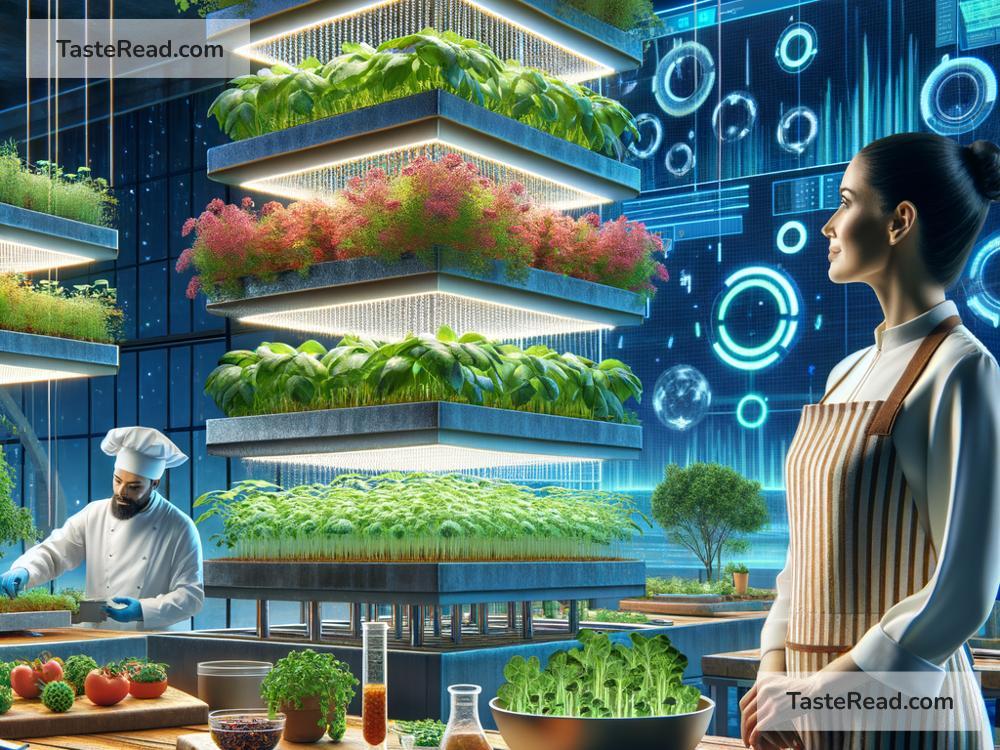The Future of Food: Embracing Holistic Global Practices
Food is more than just something we eat. It’s a vital part of life that connects us to our cultures, communities, and the planet. As the world changes—through population growth, climate change, and shifting lifestyles—so must the way we produce, distribute, and consume food. To tackle food challenges of the future, we need to adopt holistic global practices that prioritize sustainability, health, fairness, and innovation.
Why the Future of Food Matters
The global food system today is facing serious challenges. There are over 8 billion people in the world, and this number keeps growing. Feeding everyone while protecting the planet has become increasingly difficult. Many farming methods harm the environment, including deforestation, overuse of water, and reliance on chemicals that hurt soil and biodiversity. At the same time, unequal access to food leads to hunger for some and health issues like obesity for others. Climate change makes this even harder by disrupting weather patterns, reducing crop yields, and making it tougher to predict food production.
The truth is that business-as-usual methods of growing, distributing, and consuming food are no longer sustainable. If we don’t act now, future generations could face severe food shortages, rising prices, and serious damage to ecosystems. But there’s hope. Innovations in food systems, along with holistic practices, are opening the door to a healthier and more sustainable future.
What Are Holistic Global Practices?
Holistic global practices consider the “big picture.” They aim to balance the needs of people, the planet, and economies while ensuring fairness. Instead of focusing on just profits or convenience, these practices seek solutions that benefit everyone—farmers, consumers, and the environment alike.
Holistic food systems involve several interconnected ideas: promoting sustainability, reducing waste, using new technologies, improving access to nutritious foods, and supporting local communities. Let’s explore how these ideas are reshaping the future of food.
Innovations Shaping Tomorrow’s Food
-
Sustainable Agriculture Practices
Sustainable farming focuses on growing food while protecting natural resources like soil, water, and biodiversity. Techniques like crop rotation, agroforestry (mixing trees with crops), and regenerative farming rebuild soil health, store carbon, and reduce chemical use. Vertical farming, where crops are grown in stacked layers indoors, uses less land and water, making it ideal for urban areas. These methods not only help farmers adapt to climate change but also ensure there’s enough food for everyone. -
Plant-Based and Alternative Proteins
The demand for meat has contributed to deforestation, greenhouse gas emissions, and water depletion. One solution is switching to plant-based proteins like lentils, beans, and peas. Innovations like lab-grown meat and insect-based proteins are also emerging as eco-friendly options. These alternatives reduce the pressure on land and resources while offering protein-rich diets. -
Food Waste Reduction
A staggering amount of food—nearly one-third of what’s produced—goes to waste globally every year. Holistic practices aim to reduce waste across every step of the food chain, from farms to homes. Technologies like food tracking systems can help farmers and retailers better manage inventories to avoid spoilage. Consumers are also encouraged to compost leftovers and adopt mindful shopping habits, buying only what’s needed. -
Local and Circular Food Systems
Localizing food systems minimizes the environmental impact of transportation while supporting small-scale farmers. Circular systems go a step further by recycling resources, like turning food scraps into fertilizer for farms. Community-supported agriculture (CSA) programs connect consumers directly to farmers, making food production more transparent and reducing reliance on faraway suppliers. These systems also strengthen rural economies. -
Smart Technology and Precision Farming
The future of food involves advanced technologies like AI, drones, and sensors. Precision farming uses these tools to optimize crop yields while reducing waste. For example, sensors can monitor when plants need water, fertilizer, or protection from pests, ensuring resources are used efficiently. These technologies can help farmers produce more food using fewer resources, a necessity in a growing world. -
Nutrition and Health for All
A holistic approach to food goes beyond sustainability; it focuses on health. Nutritional innovation makes it possible to fortify staple foods with vitamins and minerals, combat nutrient deficiencies, and create personalized diets based on individual health needs. Public policies can ensure food equity so that everyone, regardless of income or region, has access to nutritious options.
Working Towards Food Justice
The future of food should be fair for everyone. Food justice means ensuring that all people, regardless of their background, have access to healthy, affordable food. Green policies, like subsidies for sustainable farming practices and taxes on harmful industries, could level the playing field for farmers and consumers. Empowering women farmers—who make up more than 40% of the agricultural workforce in developing countries—could significantly improve productivity and income equality.
Global collaboration will also be key. Countries need to share knowledge, trade fairly, and take responsibility for environmental impacts that cross borders. Organizations and governments can support small-scale farmers, especially in vulnerable regions, with funding, training, and access to technology.
A Holistic Future is in Our Hands
The future of food depends on actions we take today. Consumers can make impactful choices by eating sustainably, reducing waste, and supporting ethical producers. Governments can invest in policies that prioritize healthy diets and sustainable agriculture. Businesses can adopt eco-friendly practices, cut food waste, and innovate for a greener tomorrow.
The journey won’t be easy, but there’s power in collective action. By embracing holistic global practices, we can create a food system that feeds everyone while protecting the planet and promoting fairness. Let’s make the future of food one of abundance, resilience, and possibility—for all the people and ecosystems that depend on it.


